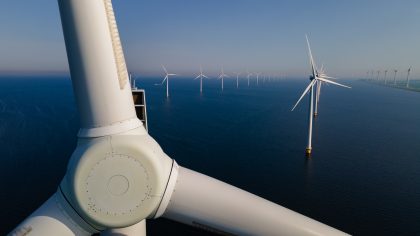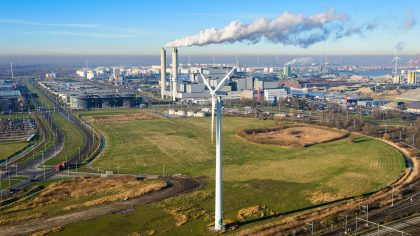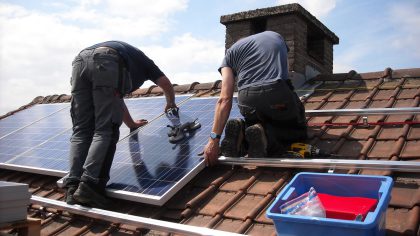For this technology, the biomass is digested in a state-of the-art anaerobic digestion (AD) installation to produce biogas . The AD installation consists of storage and pre-treatment, digestion installations, further processing of biogas and post treatment and storage of digestate (i.e. dewatering, drying, in some cases hygenisation and storage). On average, the residence time of the organic waste in the digestor is around 30 days and biogas is produced.
Biogas consists mainly of methane (on average 60%) and carbon dioxide (33-38%) in addition to contaminants such as sulfur, water vapour and oxygen. The reprocessing process aims to separate a large part of the carbon dioxide from the biogas in order to increase the methane concentration. A higher methane concentration leads to a higher heating value of the gas. The CO2 that is removed from the biogas can be recovered and liquefied to be sold. The biogas is further processed using the highly efficient membrane technology to the natural gas quality. Desulfurization of biogas takes place in the digester by injection of air, whereby H2S is converted into elemental sulfur, that is precipitated as solid. In order to protect the reprocessing plant for a too high sulphur content, an activated carbon filter is used. The activated carbon filter can absorb and remove the last traces of sulfur, which is beneficial for the lifespan and maintenance costs of the reprocessing plant. In case of a fault in the fermentation installation, biogas may escape. In that case H2S is the most important component that causes odour nuisance. However, the amount of biogas that may be released is limited.
All information in the datasheets is also available in ESDL (Energy System Description Language). You can find them in the Energy Data Repository (EDR).


